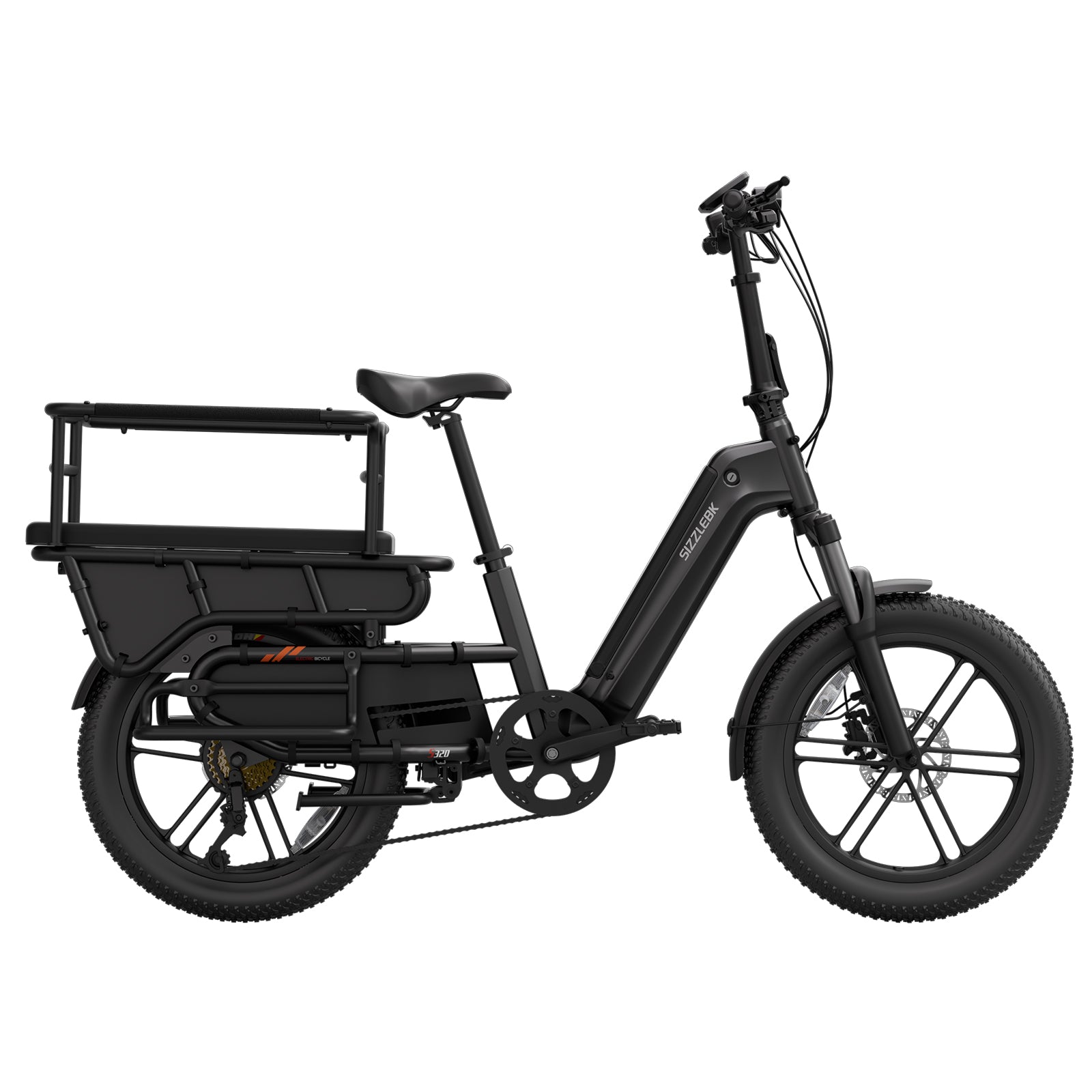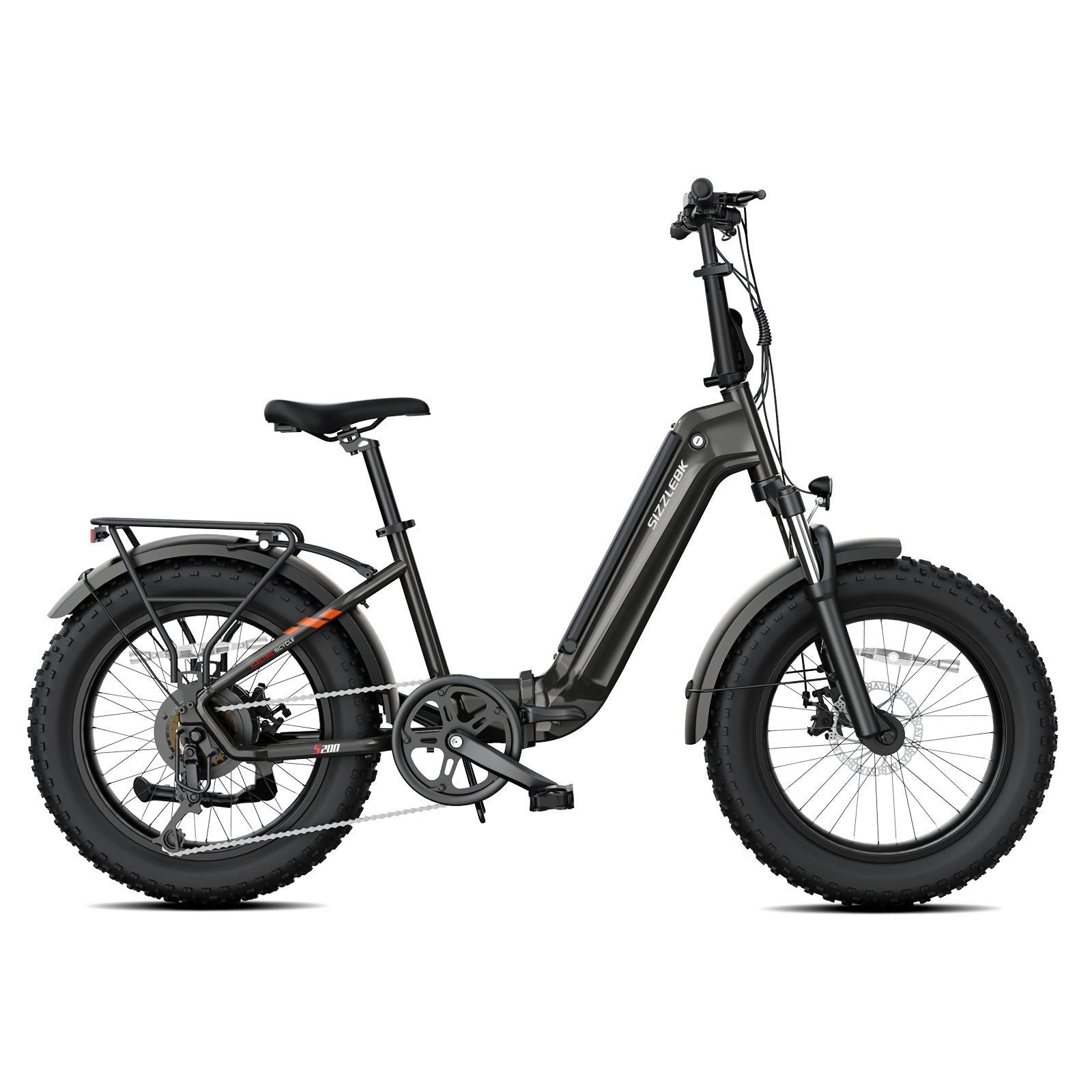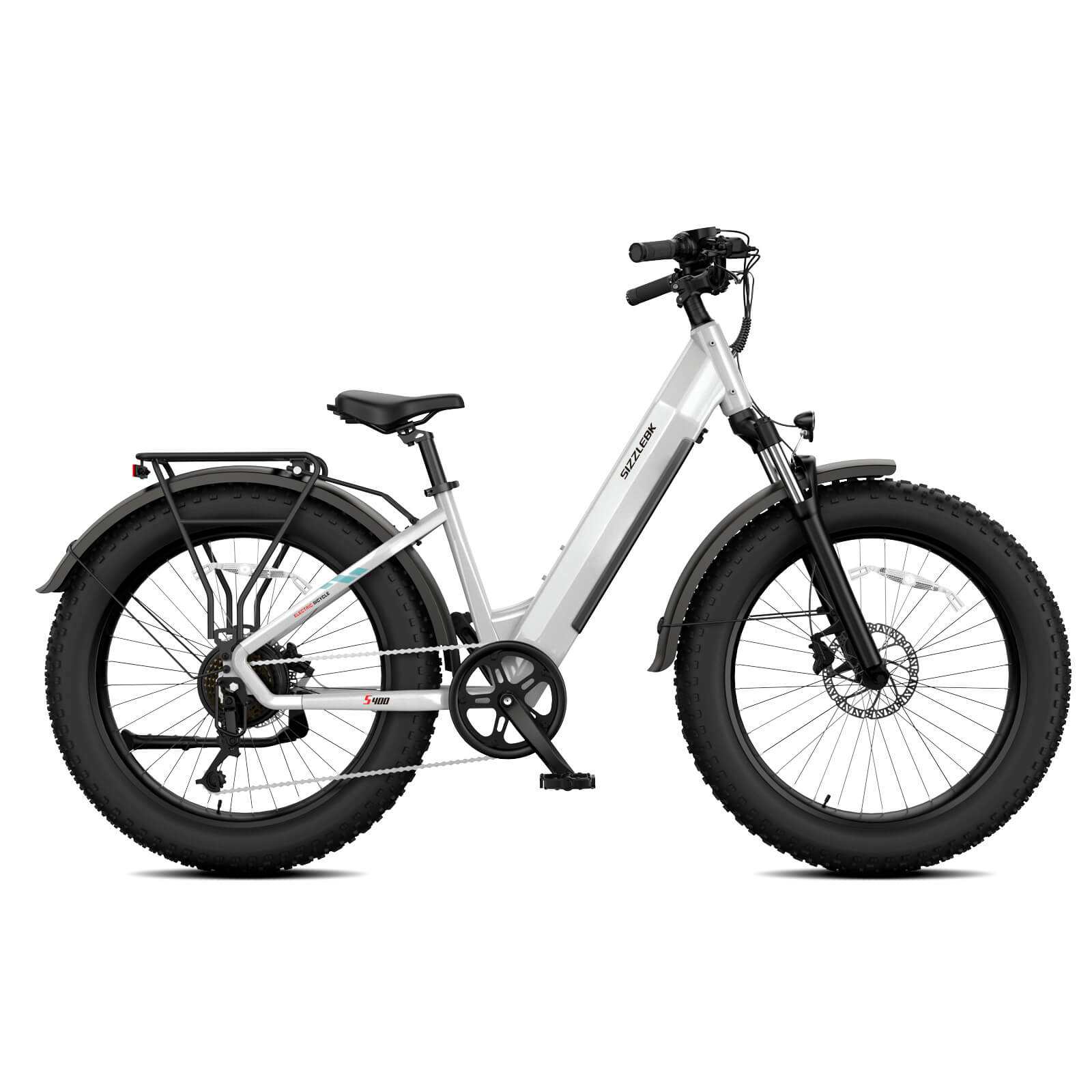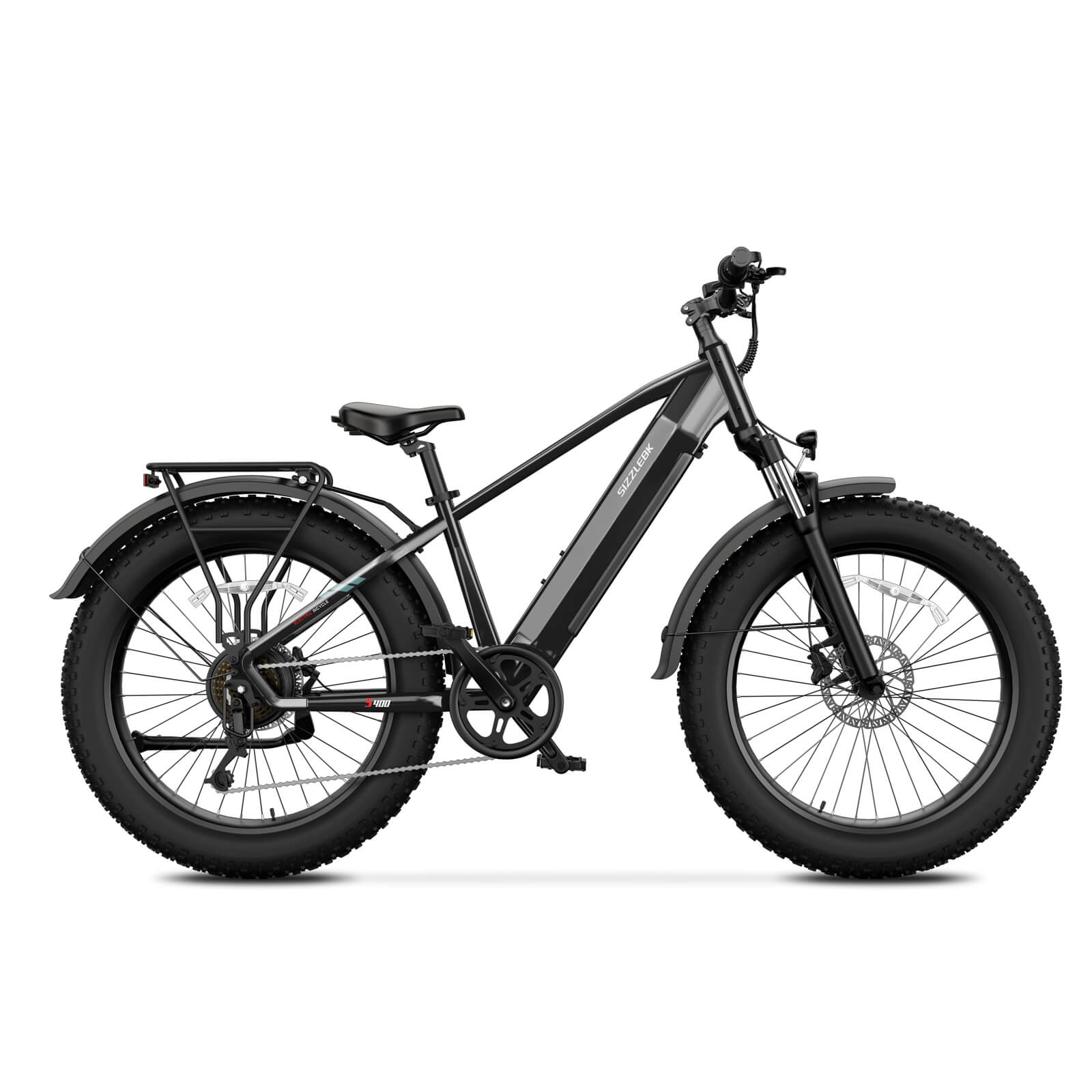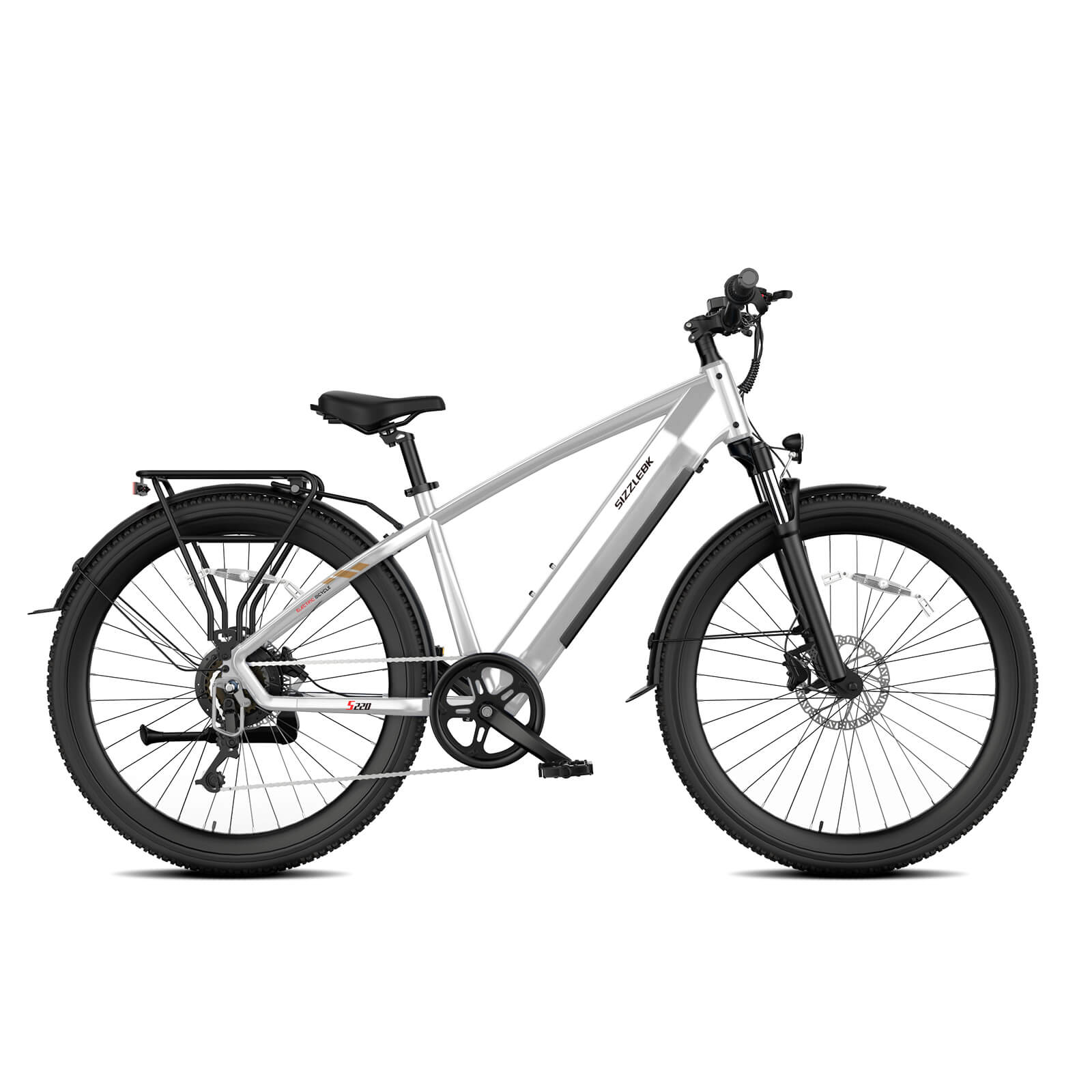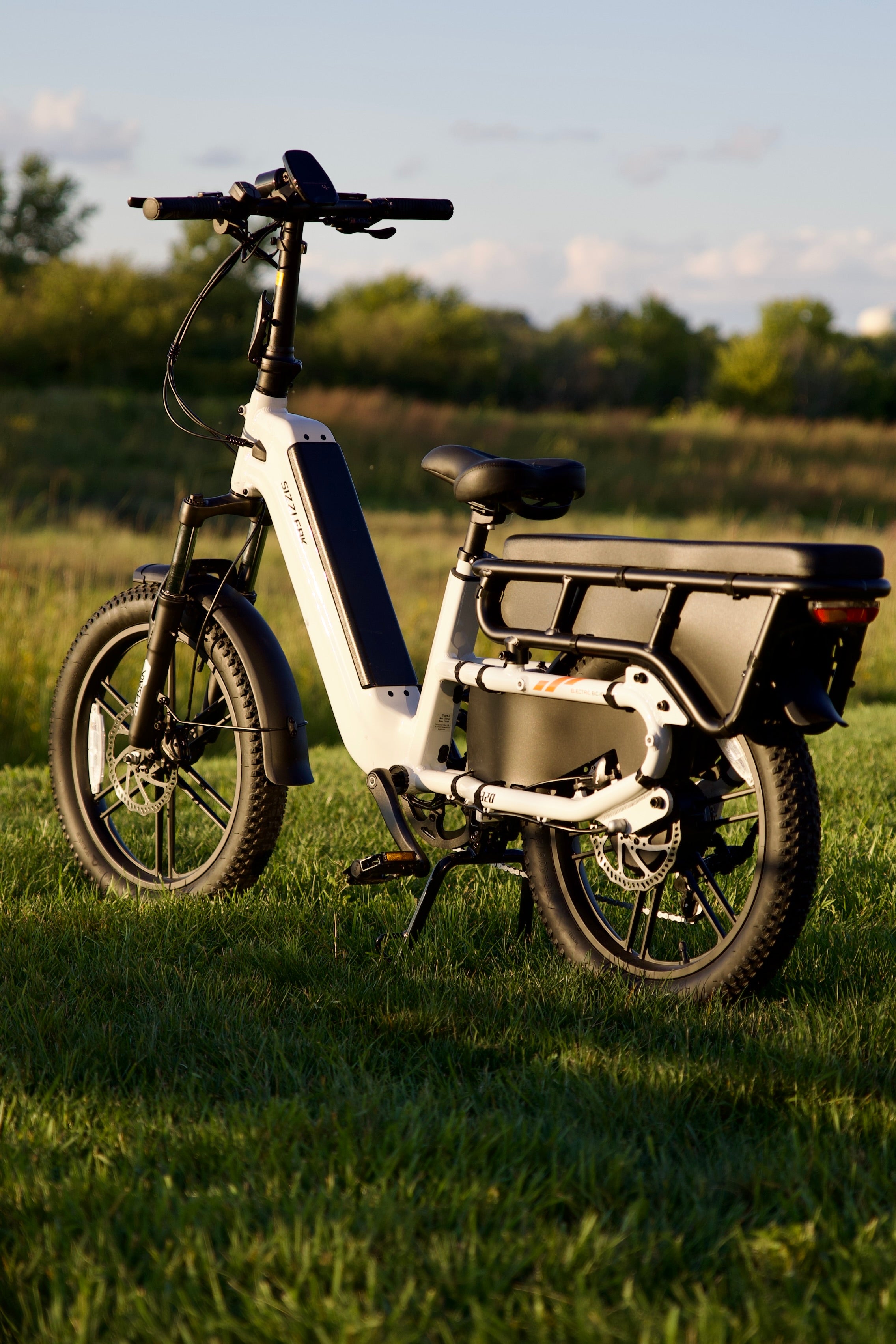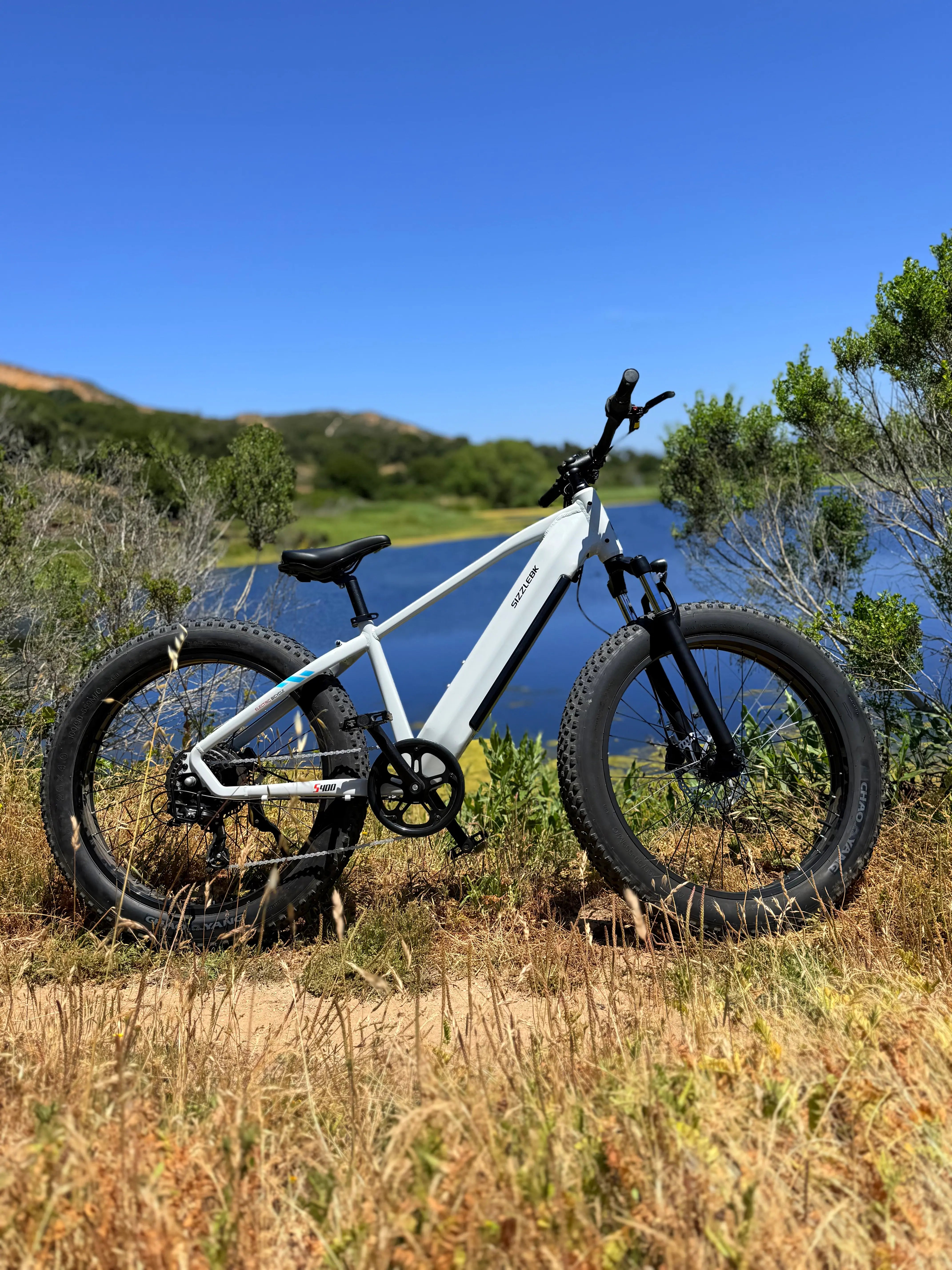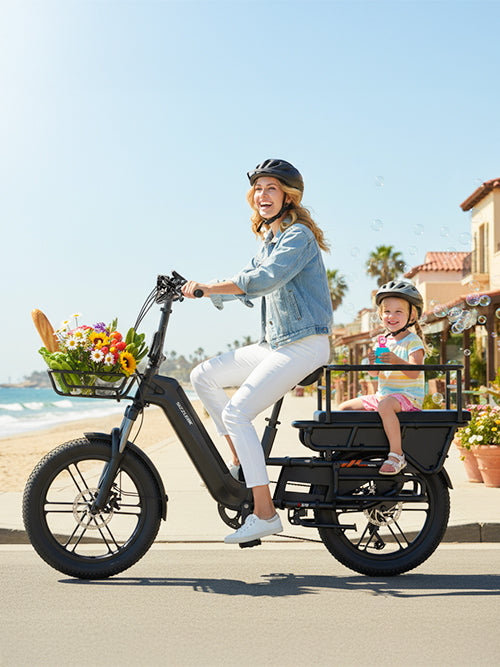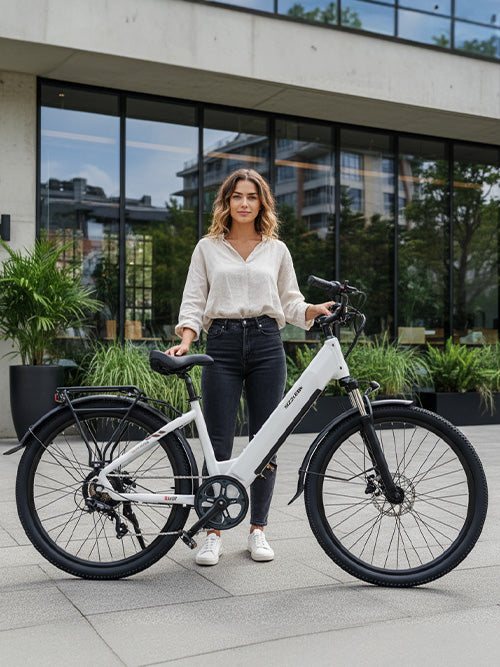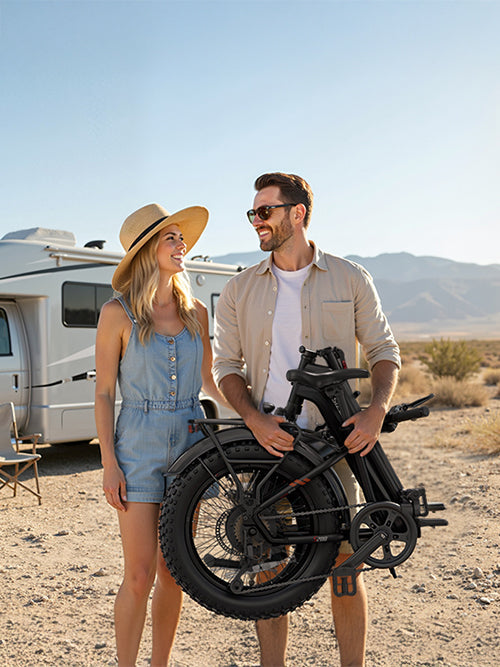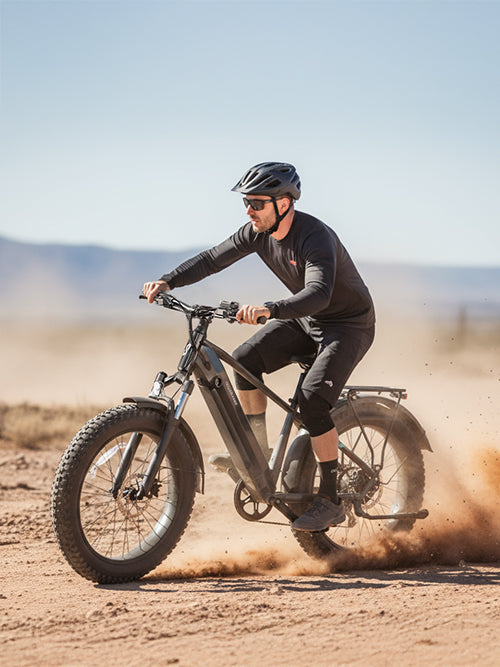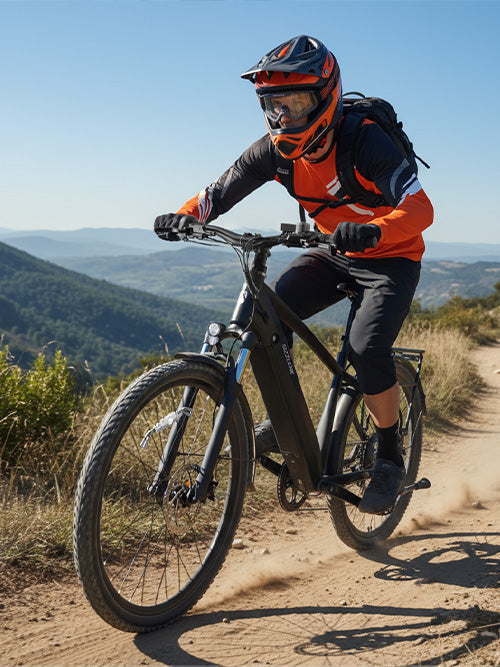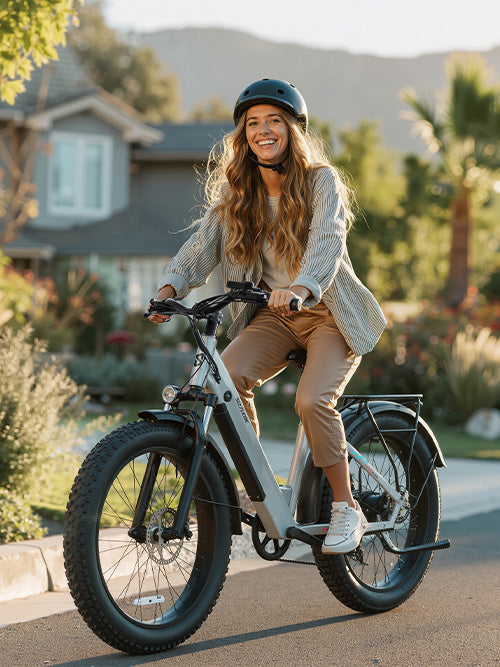Cycling is more than just a fun activity—it's a fantastic way to stay active, reduce your carbon footprint, and explore the outdoors. For parents, there’s nothing quite like cycling with kids, sharing the sights and sounds of the world from two wheels. But when it comes to riding with little ones, safety and comfort are essential. That’s where bike kid carriers come in, providing a secure and enjoyable experience for both parent and child.
In this comprehensive guide, we’ll explore the best bike kid carriers in 2025, their types, pros and cons, and the key features you should look for before purchasing. Whether you're cycling through city streets or venturing onto scenic bike trails, this article will help you make the right choice for your family.
🚲 What Is a Bike Kid Carrier?
A bike kid carrier is an attachment or accessory that allows you to safely transport your child on your bicycle. These carriers are specially designed to protect young passengers while keeping them comfortable during rides.
The two most popular types are:
-
Child Bike Seats (mounted on the bike itself)
-
Child Bike Trailers (pulled behind the bike)
Each has its own benefits depending on your child’s age, weight, and your cycling preferences.
🏆 Types of Bike Kid Carriers
1️⃣ Child Bike Seats
Child bike seats attach directly to your bike’s frame, either in the front or rear position. They’re ideal for toddlers and younger children, providing a close riding experience with parents.
✔️ Front-Mounted Seats
Installed between the handlebars, front-mounted bike seats are great for:
-
Children up to 33 pounds (15 kg)
-
Enhanced parent-child interaction during the ride
-
Giving your child an unobstructed view of the journey ahead
Pros:
-
Promotes bonding through eye contact and conversation
-
Better view for your child
-
Easier to monitor your child’s behavior
Cons:
-
Limited by weight capacity (typically up to 33 lbs)
-
Can slightly affect steering balance for the rider
-
Best suited for shorter, smoother rides
✔️ Rear-Mounted Seats
Rear-mounted seats are fixed to the back of your bike, either to the frame or a rear rack. These are better suited for:
-
Older toddlers and children (up to 48 pounds / 22 kg or more depending on the model)
-
Riders who need better stability and balance
-
Longer journeys with additional back support for your child
Pros:
-
Higher weight limit
-
More comfortable seating with harnesses and padding
-
Reduced impact on bike handling
Cons:
-
Less interaction during the ride
-
Your child may have a restricted view
2️⃣ Child Bike Trailers
Bike trailers for kids are small, wheeled cabins that attach to the rear axle or frame of your bike, allowing children to ride behind in a fully enclosed compartment.
Why Choose a Trailer?
-
Can often accommodate 1–2 children
-
Offer full weather protection (with rain covers and UV shielding)
-
Provide additional storage space for toys, snacks, or picnic gear
Pros:
-
Ideal for families with multiple children
-
Excellent protection from the elements
-
Generally safer in the event of a fall, thanks to a lower center of gravity
Cons:
-
Bulky and harder to maneuver in tight spaces
-
Takes up more room for storage
-
Interaction with your child is more limited compared to bike seats
✅ Key Factors to Consider Before Buying
When choosing the best bike kid carrier, it’s important to balance safety, comfort, and practicality for your lifestyle. Here’s what to keep in mind:
👶 Age and Weight of Your Child
-
Front-mounted seats: Best for younger children (9 months to 3 years)
-
Rear-mounted seats: Suitable for children aged 1–5, depending on size
-
Bike trailers: Great for kids from 12 months up to around 6–7 years old
🚲 Type of Bicycle
Not every bike works with every carrier. Check:
-
Frame style and material
-
Availability of rear racks or mounting points
-
Compatibility with trailer hitches (for trailers)
Mountain bikes, city bikes, and hybrid bikes generally work well with bike kid seats and trailers. Road bikes may require special adapters.
🦺 Safety Features
Prioritize bike kid carriers that include:
-
Adjustable 3- or 5-point harness systems
-
Footrests and foot straps to prevent dangling feet
-
Sidewalls or harness guards for added protection
-
Safety certifications from standards organizations like ASTM or TÜV
For trailers, look for features like roll cages, reflective elements, and flag poles for visibility.
💤 Comfort for Your Child
For longer rides, comfort matters:
-
Well-padded seats
-
Adjustable recline (especially for trailers)
-
Ventilation for warm days
-
Sun shades or rain covers
A comfortable child means a peaceful, fuss-free ride.
🛠️ Ease of Installation and Storage
Some models feature tool-free installation or quick-release designs. Consider your storage space—foldable bike trailers are ideal for compact storage when not in use.
⭐ Top Bike Kid Carrier Brands in 2025
🚀 Thule
Known worldwide for their innovation and reliability, Thule child bike seats and trailers are among the best in the market. Their designs often include built-in suspension, UV-protective covers, and superior harness systems.
Popular models: Thule Yepp Maxi, Thule Chariot Lite
🚀 Burley
Specializing in trailers, Burley leads with features like adjustable suspension, water-resistant covers, and robust frames. Many models convert easily from trailer to stroller for versatility.
Popular models: Burley D’Lite X, Burley Bee
🚀 Schwinn
For families on a budget, Schwinn offers reliable and affordable rear-mounted bike seats. Their products often feature adjustable footrests, padded seats, and straightforward installation systems.
Popular models: Schwinn Deluxe Child Carrier
⚡ Why Choose a Bike Kid Carrier?
Still unsure if a bike kid carrier is right for your family? Here’s why thousands of families love them:
-
🚴 Eco-friendly way to travel and explore nature
-
💵 Save on fuel and reduce reliance on cars
-
🧸 Makes family time outdoors fun and active
-
🏞️ Opens up new opportunities for local adventures
-
🦺 Safety-certified models provide peace of mind for parents
Whether you’re commuting to daycare or planning weekend rides by the lake, having the right child bike carrier transforms your cycling experience.
❓ FAQs – Bike Kid Carriers for Families
1. What is the safest way to carry a child on a bike?
Certified child bike seats with proper harnesses or enclosed bike trailers for kids provide the safest riding experience.
2. Are front-mounted or rear-mounted seats better?
Front-mounted seats are better for younger children and interactive rides, while rear-mounted seats offer more stability and higher weight limits for older toddlers.
3. Can I use a bike trailer for infants?
Most trailers recommend waiting until your child is at least 12 months old and can sit unsupported. Always consult the manufacturer’s guidelines.
4. Are bike trailers harder to ride with than bike seats?
Bike trailers can add bulk but generally feel stable while riding. Turning and parking require more attention, especially in crowded areas.
5. Can a 7-year-old ride in a bike seat?
Depending on weight (typically up to 40–60 lbs), some rear-mounted seats can still accommodate 7-year-olds, but trailers or tandem bikes are often more comfortable for older children.
🎉 Conclusion: The Joy of Cycling with Kids
Cycling with your children isn’t just transportation—it’s an adventure, a bonding experience, and a way to foster a love for the outdoors from an early age. By choosing the right bike kid carrier—whether it’s a cozy front-mounted seat, a sturdy rear-mounted option, or a versatile trailer—you can share miles of smiles with your family.
Remember: Safety first, comfort second, fun always. 🚴♀️👨👧
Ready to start your next adventure? Find the best child bike carrier for your needs, and let the good times roll.
